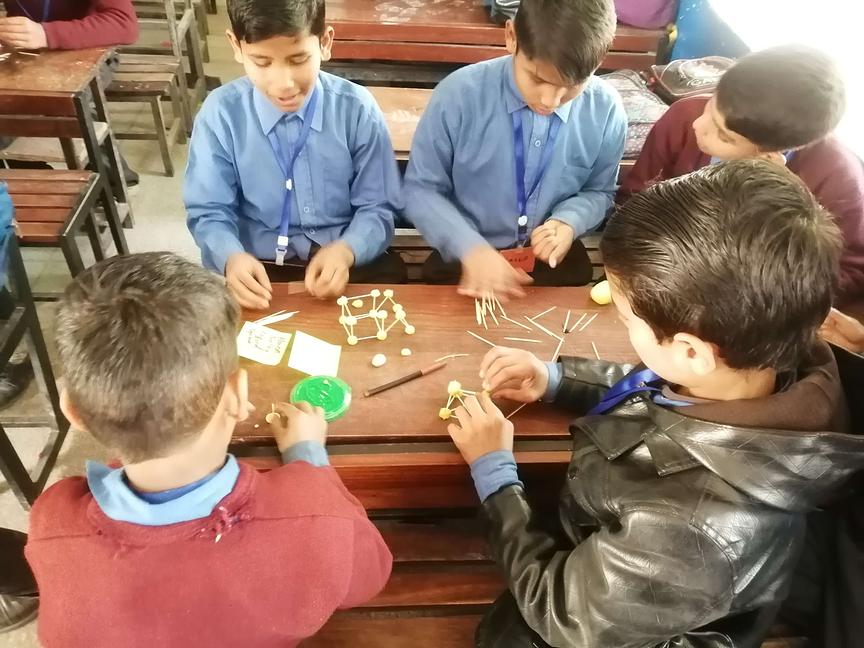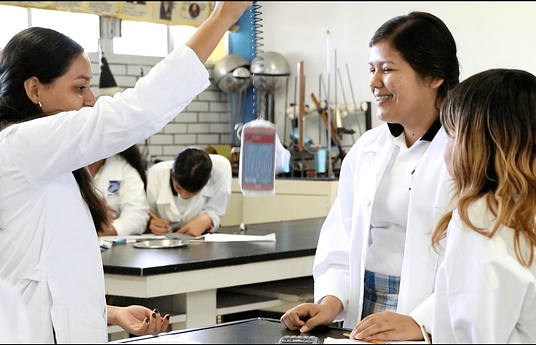What we do?
We had created a podbean website which would keep record of students podcasts based on their learning experiences after every class. We had selected two students namely Hadi and Danish of grade 2, who used to share their learning experiences in the form of a podcast after every class. The podcast was recorded and uploaded on the podbean website. This was shared with the school head.
We used to teach grade 2 for 1.5 hours every Friday (for 5 consecutive Fridays). All 3 members used to review findings from the days visit and plan next lesson in the light of the findings. We tried to teach the use of is, am and are using various interactive activities. We used a variety of resources including props, flash cards, play dough, tooth picks, worksheets and an LND app on the mobile. Similarly numeracy was taught using different visual games to build concept clarity and understanding, colored sheers, non traditional teaching strategies.
In order to keep students relaxed, active and calm, we introduced physical exercises and games using play dough, tooth picks etc. The rationale behind this intervention was to transform the dull learning ambiance into an engaging and productive learning platform (Silverthorn, 2006).
At the end we shared the podbean site, handouts to create podbean and podcasts with the school head, along with the teaching and learning strategies and lesson plans to aid them in their lesson planning.
Why we do it?
This innovation was introduced as part of the project during my MPhil ELM (educational leadership and management) program at SOE (School of Education) at LUMS, Lahore, Pakistan. As a team of 3 members we were assigned a government school with the aim to identify an area of improvement in consultation with all stake holders. We had a total of 5 visits to the school, supported by the TLI department at LUMS.
During our first 2 visits we tried to gather data about the area of improvement through observations, classroom discussions with students, discussions with school head and staff , teaching lesson in class etc We were able to identify numeracy and literacy in grade 4 and 5 needed attention. In discussion with the school head, we decided to work with grade 2 students.
Its a school for underprivileged kids, their parents worked in the nearby homes. They are dependent on the Punjab government for resources, training, funding etc The school followed a traditional teaching and learning pattern. Our observation and teaching revealed students could hardly read words in English. Similarly basic numeracy questions were tough for them. Rote learning was evident.
So, we decided to introduce some interactive learning activities in numeracy and literacy lessons. We tried to change the traditional mode of delivery of lessons, aiming to transform a teacher centered classroom to a learner centered classroom. Above all the students were eager to learn, their energy, enthusiasm and participation was highly commendable.
We were able to achieve our goals because the school head was highly cooperative, he trusted us and gave us enough space to try out the suggested activities with students in the classroom.


